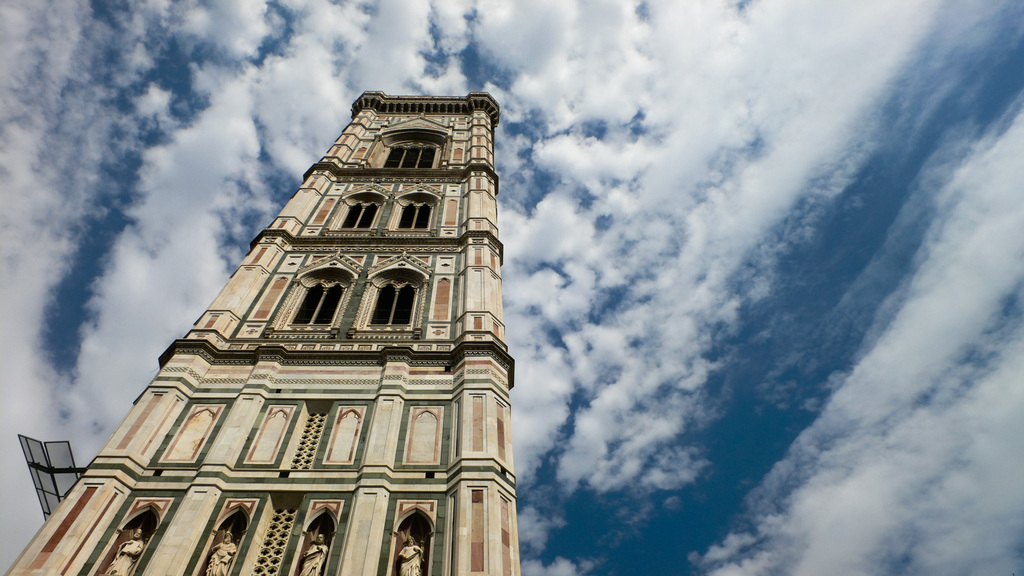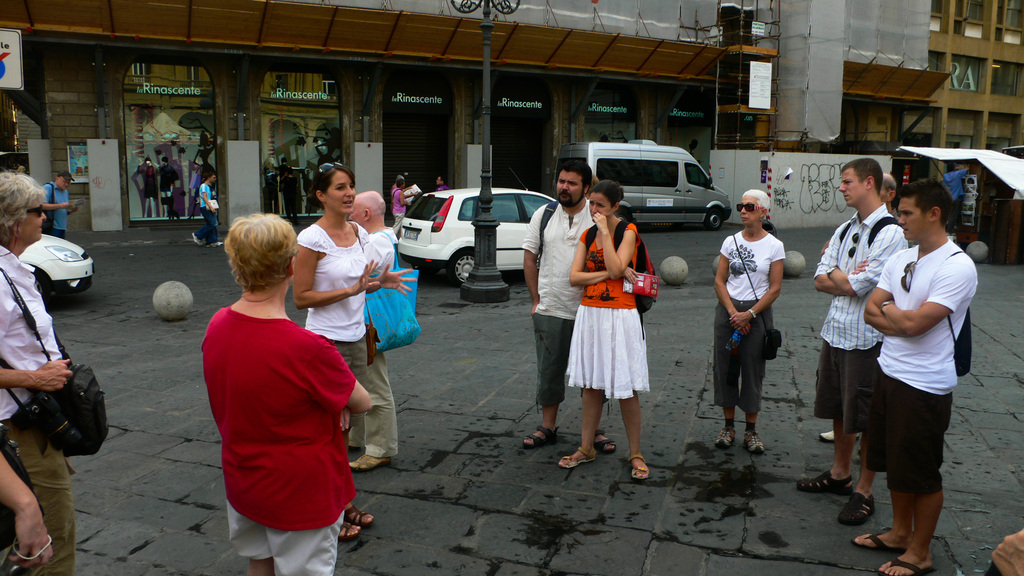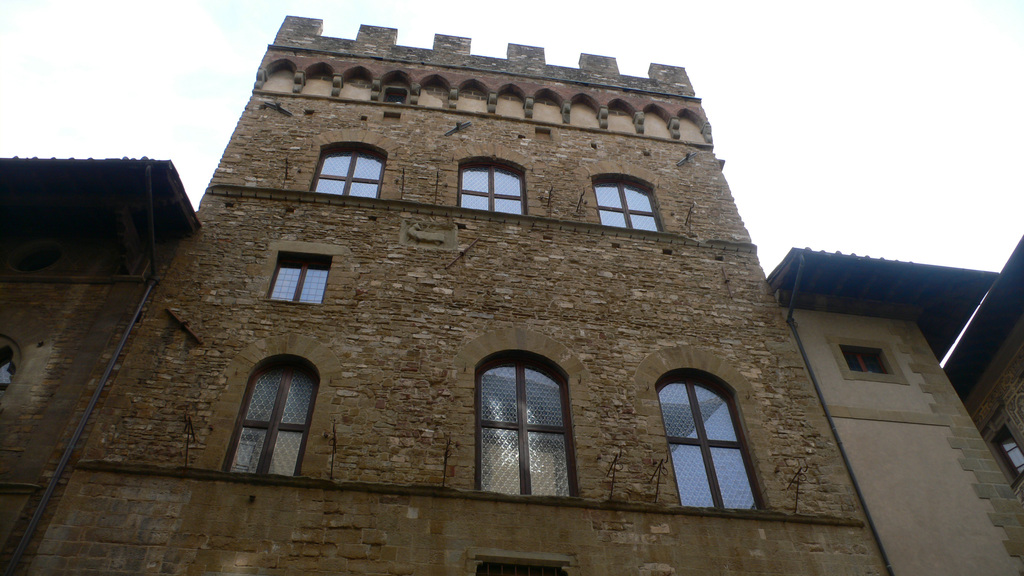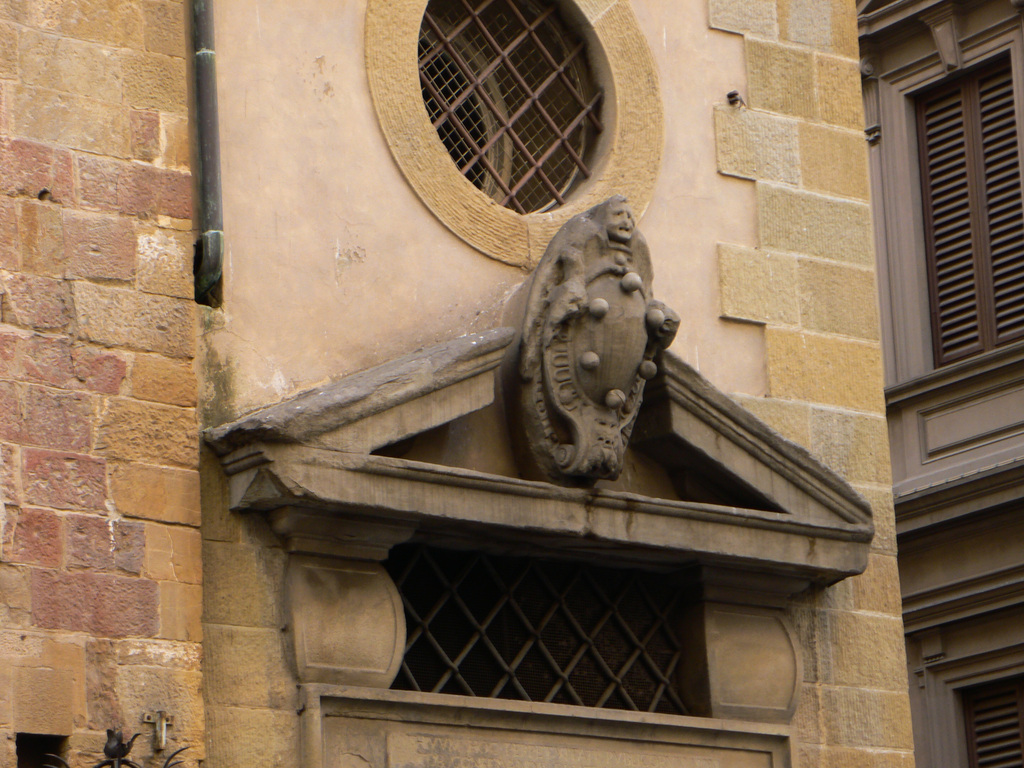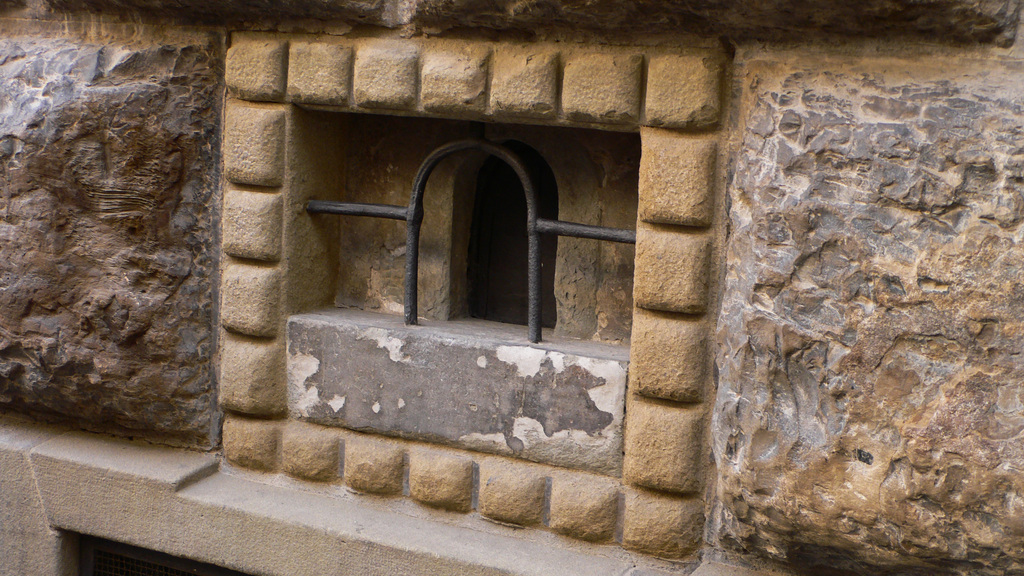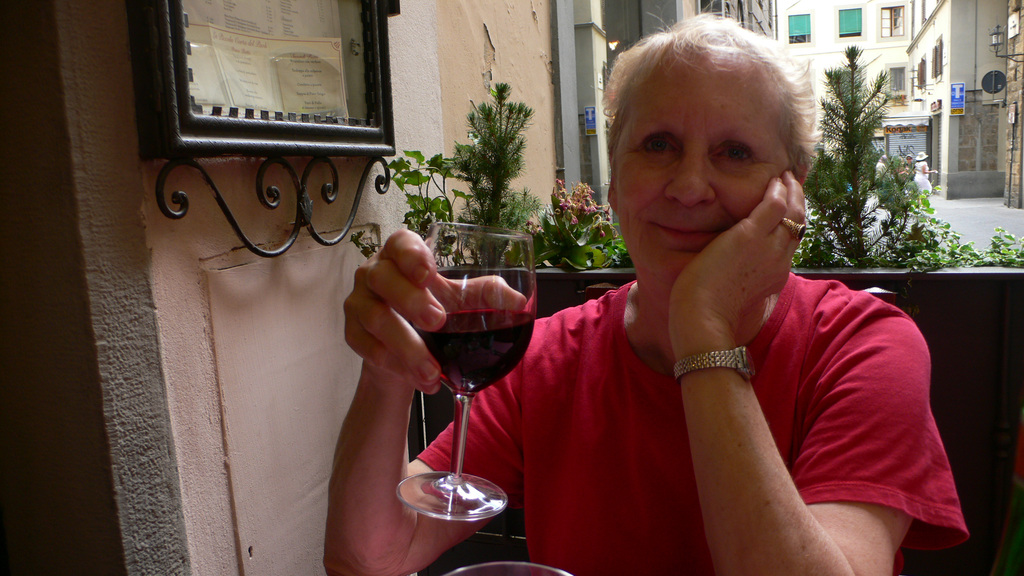Florence with Mom
Updated to include pictures too. To see all the pictures from the trip just visit here.
Wow, there is a lot to write about, including the week in the Allgaeu Mountains with Kris, Mom and the boys. And as for Florence I'm just getting started. I'm at an Internet cafe a few doors down from our pension, Mom is upstairs reading. I won't be able to upload photos until I get home.
But we took two tours today, a walking tour first then a tour of the Uffizi gallery. They were both great, and Mom and I learned so much. I'm going to just write down a stream o' consciousness here for now, then edit later with picture, etc.
Our guide's name was Heather, she was really personable and started by giving an overview of the transition to the renaissance, preceded by a quick history of the city.
It was founded by J. Caeser when he traveled north on some occasion. It was spring, and the flowers were blooming. The city was named after Flora, goddess of flowers. So we call it Florence in English. It's Firenze in Italian.
We visited the square with an original column left by the old Romans. The roads exit the square north, east, south and west. This square was the Florence market for hundreds of years. Eventually, in the 18th or 19th century, the new emporer of Italy revamped the square and disbanded the old market. He cleared it away, leaving only the old column, and a new building on the north side with words to the effect of "where once was squalor, now is truth/light/etc."
During the Middle Ages, Florence became very wealthy because of wool. The Arno River was shallow near the city, and good for carting and dyeing wool. Then bankers appeared, like the Medici family. They charged ~25% interest to use their banks, and this was the sin of usury at the time. So they had to plow many profits into the church. A patron economy for the arts sprang up from that, and a very competitive, very productive period began that would last for hundreds of years. Florence was THE place for art, and money too. It was bigger than Paris and London in those days.
We next moved to an old building, maybe it was the Medici family home in the 12th century. It was a great tall building, oriented for defense. You could shoot arrows out of slit windows or drop boiling oil. There was no attention paid to symmetry, or clean facades or design at all. But it's indicative of the way Florence was in those days. You were fighting with far away nations like Spain or France, who would send armies. You fought with the other city-states in the area like Pisa and Venice. Finally you had intense rivalries with other families in the city.
On this building we saw the curious Medici family crest, with 6 balls glommed onto a shield. No one knows what the balls mean, even the Medicis forgot. We saw curious missing stones in the wall, this was for masonry scaffolding. They left the holes in case they needed to do maintenance later. On another tower we saw embedded stones sticking out of the wall at intervals. These stones have slots on the top so you could sort of "attach" a balcony. You would do that so you could have a garden. In fact, it would be foolish to have a garden on the ground: remember all those city states and families trying to kill you? So you'd attach your garden balcony one or two floors up.
Anyway, back to the old Medici family house. Eventually they moved out and the building was sold to the Wool guild. They embedded a picture of a sheep in the wall. But the Medici family wanted to "keep an eye on them," because any large concerns needed to be watched. So they built two flanking buildings with Medici bank offices on each side.
We saw another house, built by a wealthy competitor to the Medicis for absolute power. By this time the ideas of the renaissance were coming into vogue. These were notions like symmetry, perfection of form, Roman columns. Many of these ideas were being unearthed in Roman ruins and old Roman texts at the time. So this building is not oriented for defense. Instead it has corinthian columns, incredible stone masonry on the (completely without function) roof cornice. It has symmetrical, rigorously placed windows. Still, he saved some money by skimping on the side that faced no street!
Here is a "hole in the wall" bar where great families would sell extra wine to people on the street. You pass in some money, and get back a bottle. You could also get a cup of wine too. People would stand around and drink:
Apparently there are a few of these still in existence, though not in Firenze. What a great idea! Anyway, it's nice to know where the term "hole in the wall" came from.
Here are Mom and I at our well-deserved lunch break:
Argh, I've gotta go now. Future topics:
* Family chapels within churches
* Crypts, the "stinking rich"
* Buried alive, and first legal divorce
* Flood of 1968, "Mud angels," the Gothic church built from the Roman bathhouse.
* The Duomo dome, dramatic story.
* The conspiracy against two Medici brothers, one killed.
* The meat market on the bridge over the Arno. The private walkway for the family head.
* The hated statue of Hercules, the "sack of potatoes."
* The influential statue of St. George, done for the armor guild.
And more, I know I'm missing a lot, and I haven't even touched on the Uffizi gallery tour!
